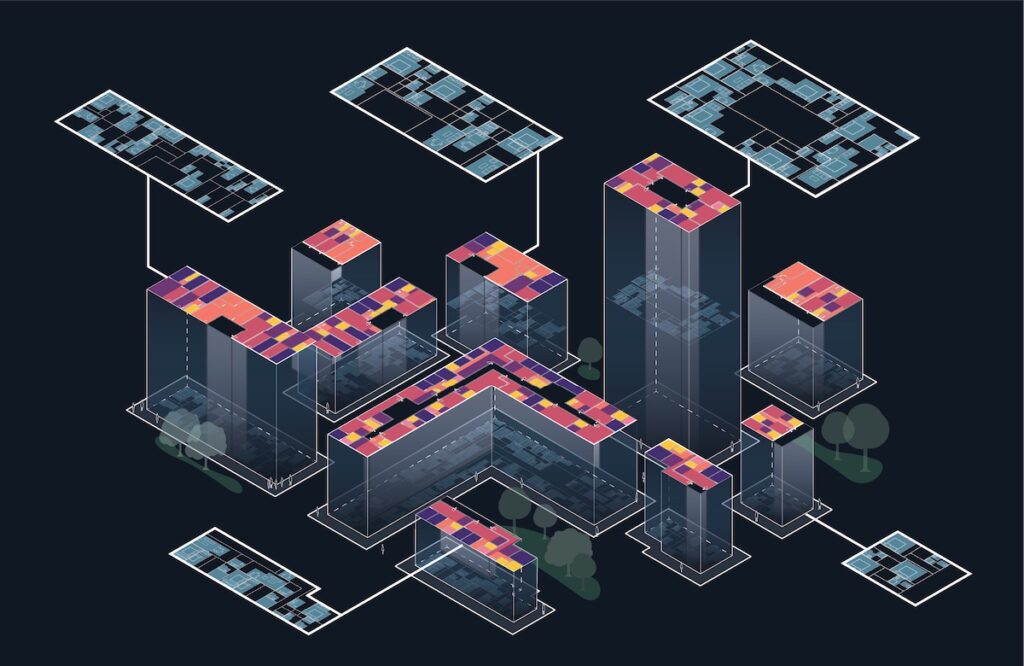Computational design can lead to more sustainable architecture, new research shows
Newly published research from Ramon Weber demonstrates that spatially efficient floor plans, produced through computational design, result in sustainable high-performance buildings.

When we think of architectural interventions that improve a building’s energy efficiency, we often think of upgrades to HVAC systems or insulation. But new research from Assistant Professor of Architecture Ramon Weber published in Nature Communications shows that optimizing interior spatial organization significantly improves a building’s energy performance. This discovery has the potential to reduce the negative environmental impact of buildings and opens a new path toward tackling the climate crisis.
Weber’s research, developed for his MIT dissertation, introduces the hypergraph, an automated shape generator for floor plans that increase occupant comfort, reduce emissions, and enhance building energy performance. This generative design method automatically produces building energy and daylight models alongside floor plans, allowing architects to assess building performance at the earliest stages of design.

Weber argues that architects can use these artificially generated spatial configurations as tools for creating environmentally friendly buildings. He writes, “Currently, most policy and efforts around creating more sustainable buildings involve incentivizing technical upgrades . . . . [while] “space,” and through that architectural design, can be much more important when designing low-carbon buildings.”